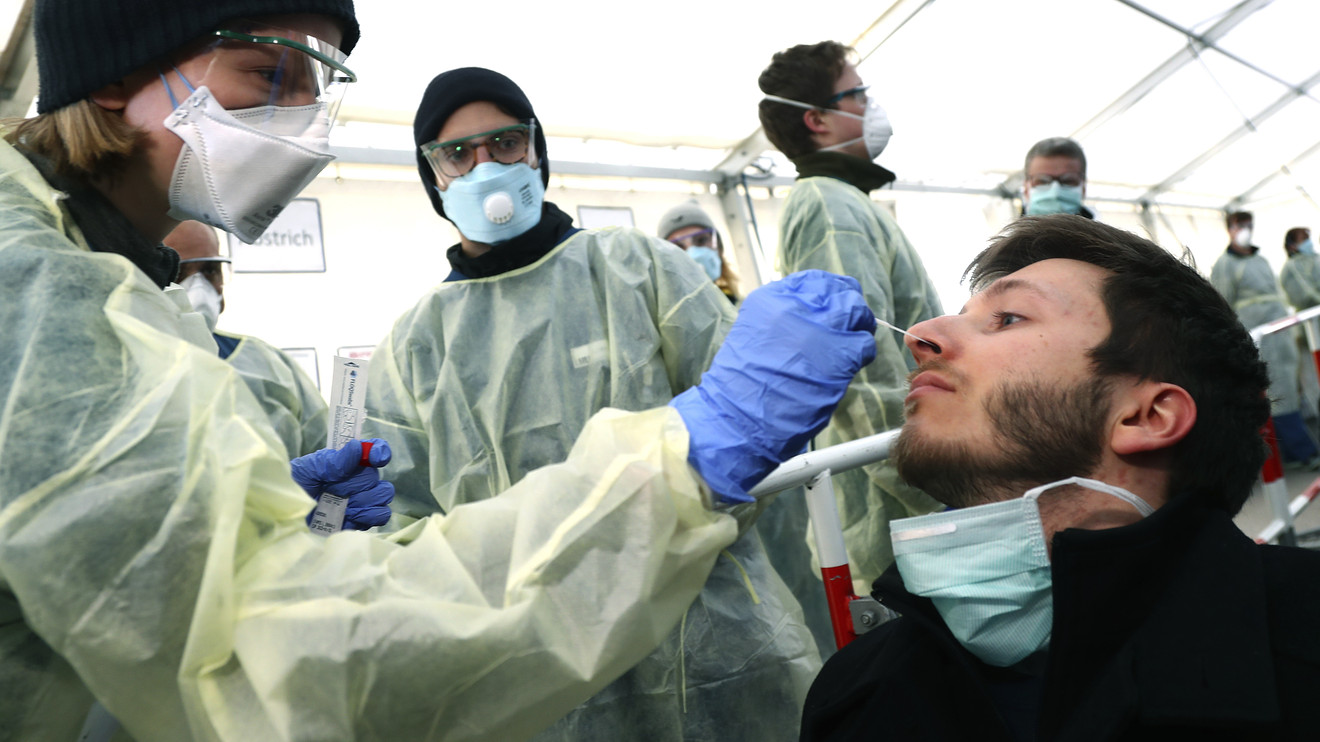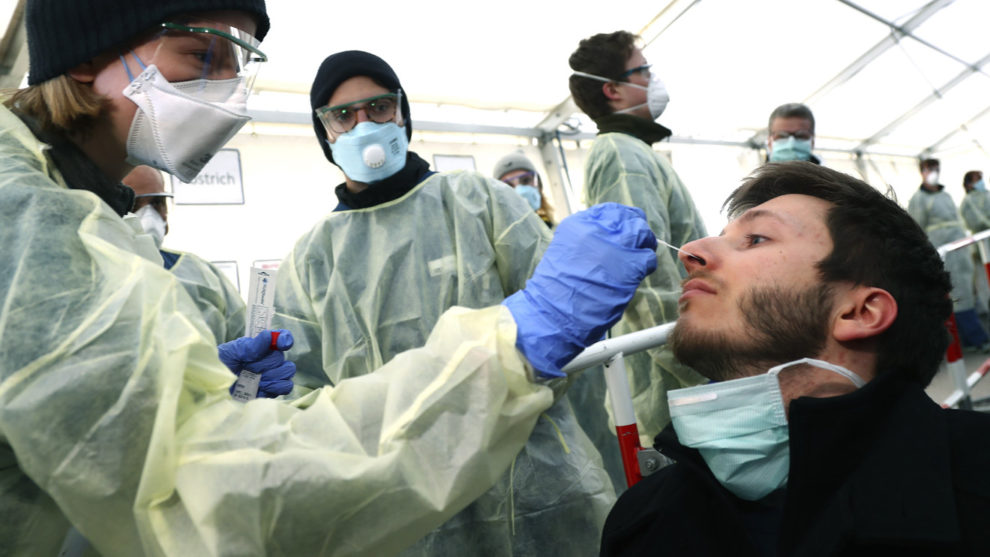
There have been better quarters.
The S&P 500 SPX, -4.41% dropped a precise 20% in the January-to-March period, the worst showing since the fourth quarter of 2008 and the ninth worst three-month era on record. The blame can be pinned on COVID-19, which has resulted in 861,305 cases globally and shut down much of the global economy.
But that might change, as soon as the end of the month. Citi’s global health-care, strategy and economics teams say governments and health-care providers will be able to supply 60% of U.S. individuals of working age with antibody tests by the end of April, and 95% by the end of May.
Individuals with elevated antibody levels will then be able to return to the workforce with minimal risk of reinfection or transmission, they say. How many? Such tests could enable between 20,000 and 400,000 of sidelined U.S. workers with previous exposure to COVID-19 to cease lockdown and immediately and safely return to work. Soon after, 90 million workers, representing 60% of the U.S. workforce, could return.
“While potential therapeutic strategies for COVID-19 seize headlines, we believe diagnostics rather than therapeutics are far better positioned to materially change the economic and even medical outlook for the current COVID-19 pandemic,” say the analysts.
There are, of course, important caveats, such as the false positives that the tests produce, and that having detectable antibodies doesn’t guarantee a person is immune.
As for the stock market, they say, “the more gradualist approach of re-employing immune workers might offer a less erratic profile that the ‘switch everything back on’ approach investors were hoping to see emerge in some Asian economies.”
The analysts also modeled the impact a sustained 20% unemployment rate would have on the pharmaceutical industry. Even accounting for the impact of less or worse medical coverage, current share prices are still 15% to 30% below the worst-case impact of a risk to earnings per share of up to 30%. They prefer what they called “Medicare centric” companies such as Roche ROG, -1.02%, Sanofi SNY, -1.85%, AstraZeneca AZN, -1.97% and Bristol-Myers Squibb BMY, -1.66% at lower risk of impaired access and reimbursement.
Random reads
Former Vice President Joe Biden suggests the Democratic convention might be virtual.
How dolphins are like human gangs.
Whales were curious about the penguins gawking at them at a Chicago aquarium.
Need to Know starts early and is updated until the opening bell, but sign up here to get it delivered once to your email box. Be sure to check the Need to Know item. The emailed version will be sent out at about 7:30 a.m. Eastern.
Follow MarketWatch on Twitter, Instagram, Facebook.
div > iframe { width: 100% !important; min-width: 300px; max-width: 800px; } ]]>











Add Comment